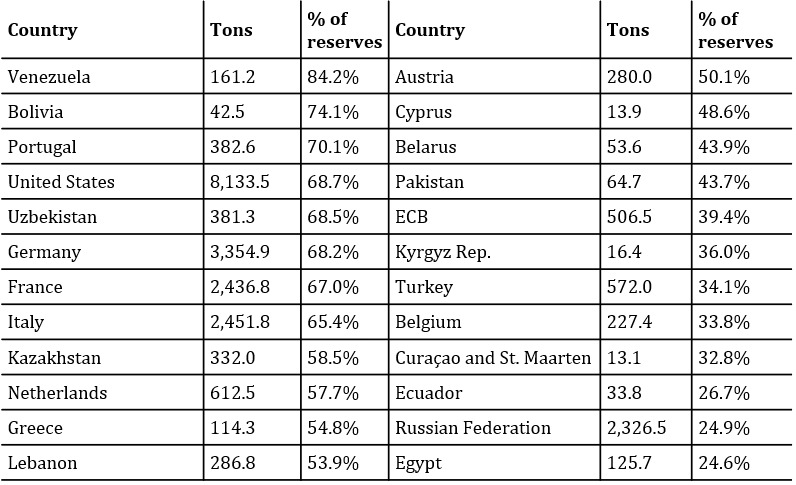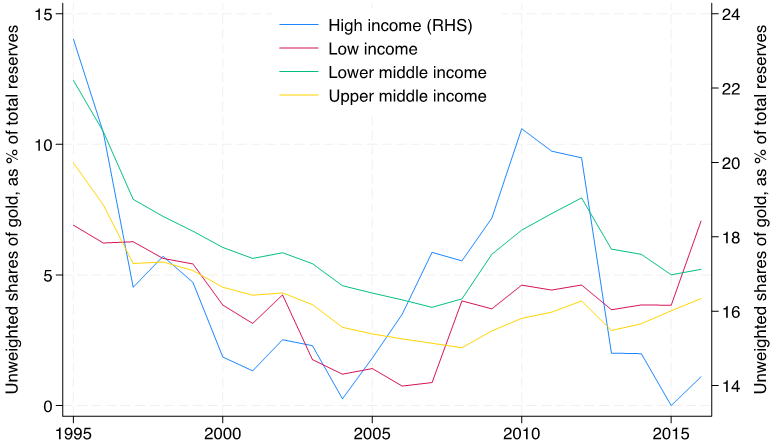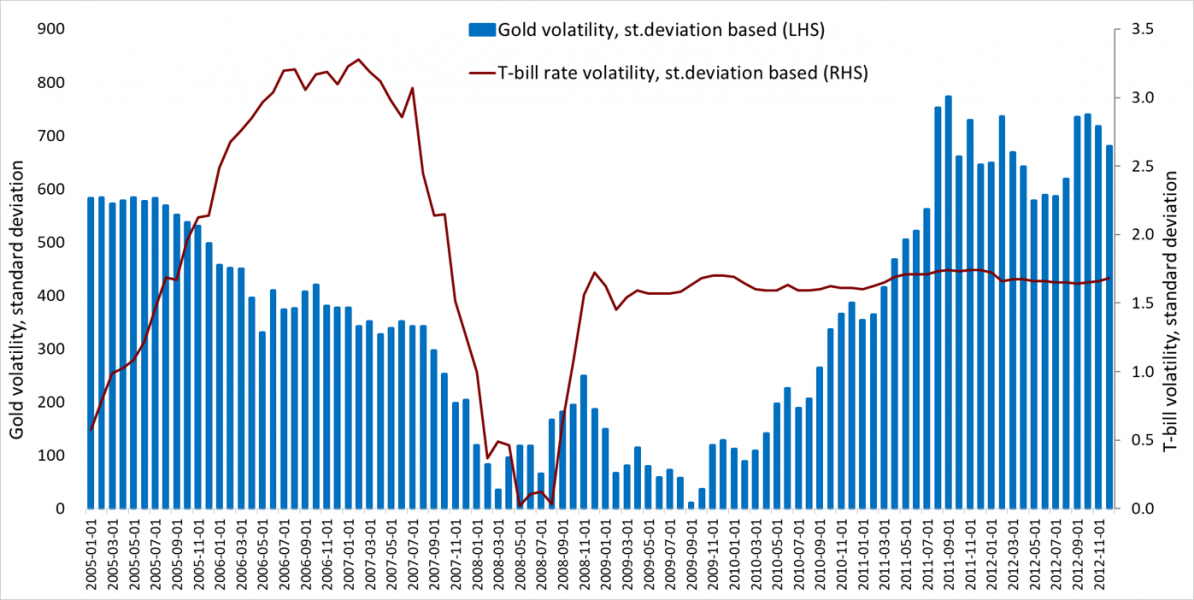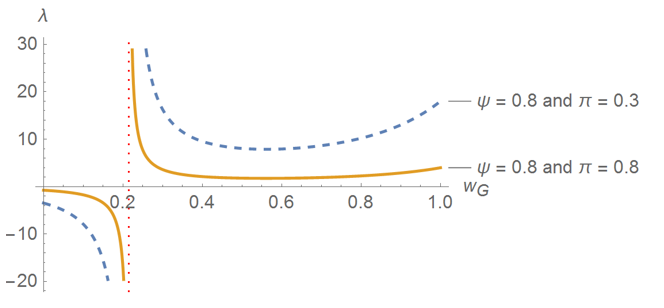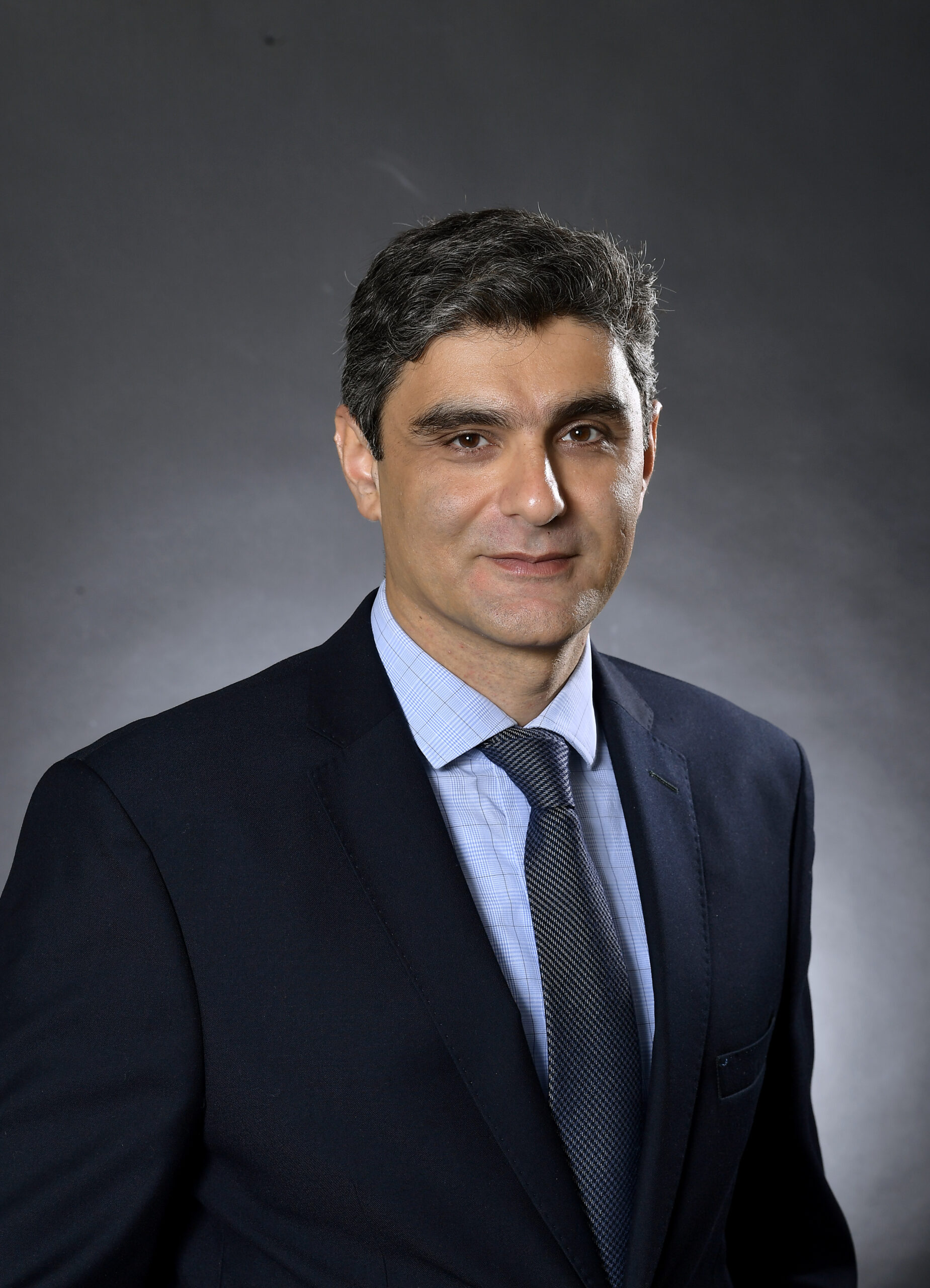References
Aizenman, J. and J. Lee (2007) “International reserves: precautionary versus mercantilist views, theory and evidence.” Open Economies Review, 18 (2), 191 – 214.
Bahmani-Oskooee, M. and F. Brown (2002) “Demand for international reserves: a review article.” Applied Economics, 34 (10), 1209 – 1226.
Benn-Bassat, A. (1980) “The optimal composition of foreign exchange reserves.” Journal of International Economics, 10, 285 – 295.
Eichengreen, B. and D. Mathieson (2000) “The currency composition of foreign exchange reserves: prospect and retrospect.” IMF Working Paper No. 131, International Monetary Fund.
Dooley, M., J. S. Lizondo and D. Mathieson (1989) “The currency composition of foreign exchange reserves.” IMF Staff Paper, 36 (2), 385 – 434.
FRED (2017) FRED Economic Data. Online Database. St. Louis, MO: Federal Reserve Bank of St. Louis. Available online: https://research.stlouisfed.org
Gevorkyan, A.V. and T. Khemraj. (2024) [Forthcoming] Dominant Currency Shocks and Foreign Exchange Pressure in the Periphery. Review of Keynesian Economics. Available at SSRN: https://ssrn.com/abstract=4235710
Gevorkyan, A.V. and T. Khemraj (2019) Exchange rate targeting and gold demand by central banks: modeling international reserves composition. Emerging Markets Finance and Trade, Vol. 55(1): 168-180
Heller, H. R. and M. Knight (1978) “Reserve currency preferences of central banks.” Essays in International Finance, No. 131, Princeton University.
IFS (2017) International Financial Statistics. Online database. Washington, D.C.: International Monetary Fund. Available online: http://www.imf.org/en/Data
Inveen, C. and C. Akorlie. 2022. Ghana plans to buy oil with gold instead of U.S. dollars. Reuters. (November 24). Available online: https://www.nasdaq.com/articles/ghana-plans-to-buy-oil-with-gold-instead-of-u.s.-dollars-0
Ito, H., R. McCauley and T. Chan (2015) “Currency composition of reserves, trade invoicing and currency movements.” Emerging Markets Review, 25, 16 – 29.
Papaioannou, E., R. Portes and G. Siourounis (2006) “Optimal currency shares in international reserves: the impact of the euro and the prospects for the dollar.” Journal of Japanese and International Economies, 20, 508 – 457.
Pina, G. (2017) “International reserves and global interest rates.” Journal of International Money and Finance, 74, 371 – 385.
Rogoff, K. (2016) “Emerging markets should go for the gold.” Project Syndicate, May 3.
Soesmanto, T., E. Selvanathan and S. Selvanathan (2015) “Analysis of the management of currency composition of foreign exchange reserves in Australia.” Economic Analysis and Policy, 47, 82 – 89.
WDI (2017) Word Development Indicators. Online database. Washington, D.C.: World Bank. Available online: http://databank.worldbank.org/
World Gold Council. 2023. Gold Demands Trend Report. Online database. Available online: https://www.gold.org/goldhub/research/gold-demand-trends


